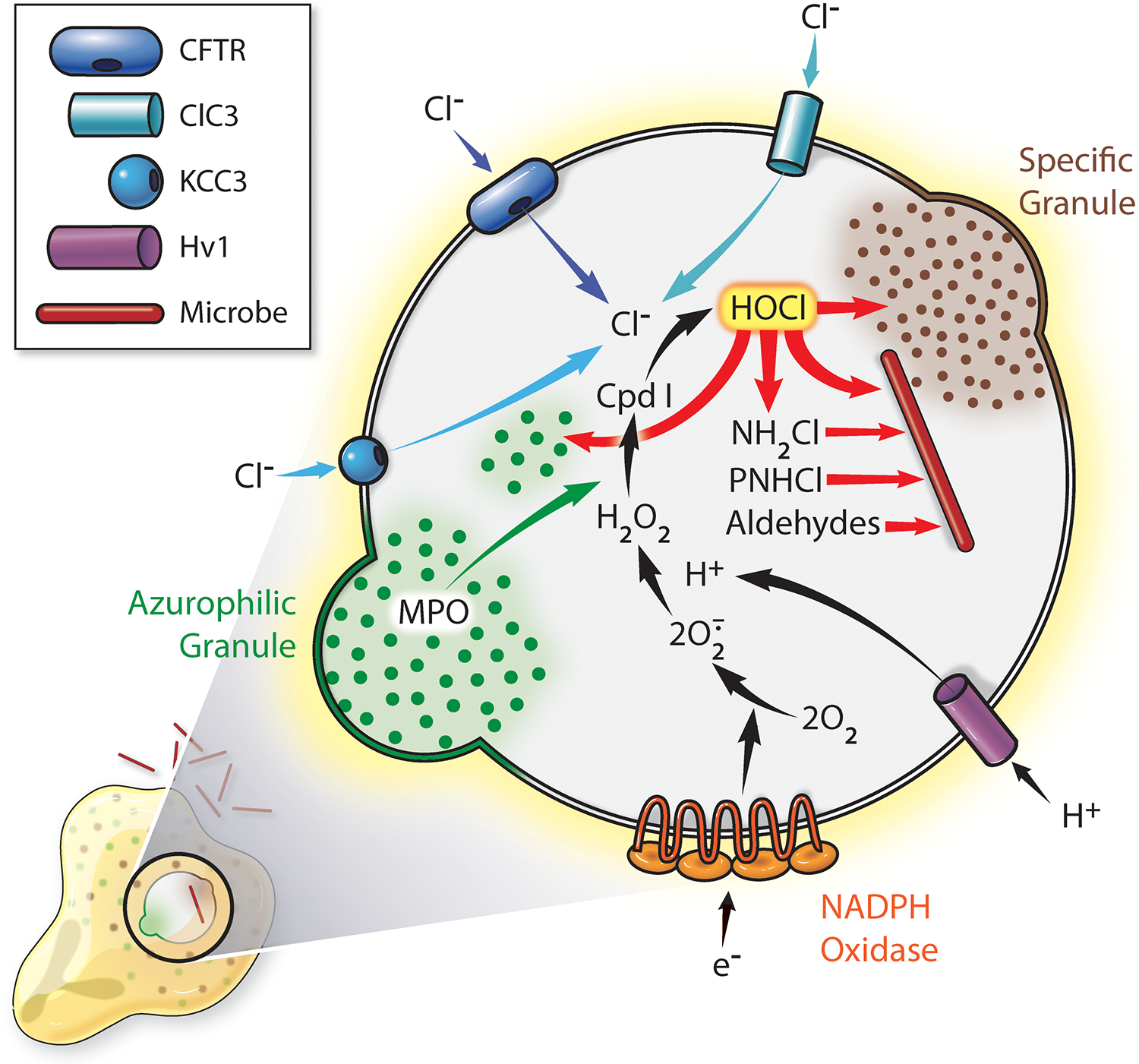Figure 2. MPO-related events in phagosomes of human neutrophils.

At the onset of phagocytosis, granules and secretory vesicles fuse with nascent phagosomes, delivery granule proteins into the phagosomal lumen and inserting functionally important membrane proteins, including the voltage-gated proton channel Hv1 and chloride channels ClC3, KCC3, and cystic fibrosis transmembrane conductance regular (CFTR), into the membrane of the phagosomes. Granule fusion delivers MPO, and CFTR supports transport of Cl− from cytoplasm into the phagosome. H2O2 generated by the NADPH oxidase, reacts with MPO to form Compound I (Cpd I), which mediates the two-electron oxidation of Cl− to Cl+ and the production of HOCl. HOCl reacts with a wide variety of biomolecules, including proteins, lipids, carbohydrates, histones, and nucleic acids 162-165. With respect to proteins, HOCl reacts most readily with sulfur-containing residues, notably methionine and cysteine, and generates monochloramines (NH4Cl), protein chloramines (PNHCl), aldehydes, and other products, some of which exert sustained antimicrobial action [reviewed in 166]. It is important to recognize that HOCl does not react preferentially with microbial proteins rather than host targets; all susceptible substrates are attacked regardless of their origin. Given that host proteins predominate in the phagosomes, most of the chlorinated and oxidized proteins are of host origin. [Figure from 96]
